The Surprising Visual Pleasures of Tire Shops
An excellent obsessive photography project about an unlikely subject. Plus more unusual traffic signs and a new Inconspicuous News Roundup!
A couple of times now I’ve mentioned photographer Dave Mandl’s awesome project of documenting all the dead ends in Brooklyn — a great example of a repetitive art project. Mandl now has another obsessive project in the works: He’s photographing lots of tire shops in Brooklyn and Queens.
Why tire shops? I’ll let Dave explain:
In my travels around the city, I kept finding myself in neighborhoods with tire shops, and at some point I started noticing these shops’ various quirks, similarities, and differences. This naturally suggested a typology-based photo series, something I’m always drawn to.
A typology series juxtaposes a (preferably large) set of objects, buildings, or structures of a certain type. When you’re presented with these objects side by side, the individual characteristics of each one is brought into higher relief and you tend to look at them more closely, in a way you probably wouldn’t if you encountered just one. (Probably the best-known typology series are the ones by Bernd and Hilla Becher, who spent decades photographing water towers, gas tanks, and other structures.)
In addition, several things interested me specifically about tire shops: They seem almost anachronistic in 21st-century New York, though of course they’ll be with us as long as there are cars. They almost always feature their “wares” stacked up outside, something almost no other kind of business does so consistently today. There are notable similarities and differences in their displays: Some shops have tires thrown together any old way, but some stack them neatly or in unusual (sometimes very precise) configurations; some have the tires’ measurements carefully chalked onto the treads, and some don’t bother with that. Also certain signs appear again and again, like “Air Is Not Free” and “Flat Fix.”
The full set currently numbers about 70 photos. I consider it complete (and am actively looking for places to exhibit it), though there’s nothing stopping me from adding another one or two if I stumble onto a particularly photogenic tire shop that I’ve somehow missed.
When Dave first told me about this project and showed me a few of the photos on his phone, I immediately said, “Oh, it’s a collection.” I liked that aspect of it, but I wasn’t completely sold on the notion of tire shops as a compelling subject. As I looked at more and more of the photos, however, I started to see the interesting similarities and differences, exactly like Dave just explained. The project is a great example of how visual interest is all around us if we’re just willing to notice it.
Here are 15 of the photos from Dave’s set, along with his commentary on each one. Enjoy!
———
Many tire shops have so many tires on display that they can’t possibly bring them all into the store when they’re closed. I assume they trust people not to steal, or maybe they just have to allow for a certain amount of “shrinkage.” One way to avoid the problem is to be open 24 hours a day, although I doubt that’s why this shop stays open 24/7.
———
A friend who was with me when I took this shot speculated that they named the shop “Near Me” so it would come up first when people Google “tire shop near me.” Paul points out that this is akin to people naming their business “AAA...” in the old days, so it would be first in Yellow Pages listings.
———
I generally avoid people in my shots for various reasons, including protecting their anonymity, but this one seemed safe.
———
One of my favorites. Whoever put together this rim display is an artist.
———
I like the colors and textures in this one (three different jack colors!), especially that purple crown on top.
———
Many of the shops have these 3-D tires “bursting through” the sign. Anything to get the customer’s attention, right?
———
Utterly unique shop in Canarsie, with those wide swinging steel gates and the graffiti-style graphics.
———
I like this one in part because it was such a hard shot to get. The shop is under the elevated subway in Brownsville, so the light and shadows are really tricky. I finally lucked out with the light after making a few trips out there. I also like that there’s a bike in front, which seems amusingly out of place at a tire shop.
———
I like this hand-painted sign, despite (or maybe even because of) the spelling mistake, The rickety front door is also appealing.
———
A tremendous tire display, so big that it completely obscures the shop’s storefront. Note also how meticulously the tire sizes are marked. Most, but not all, shops include these size markings on their tires. Usually they’re written in chalk, but sometimes they’re printed on stickers.
———
I liked the particular look of this shop. Although the sign isn’t shown in the photo (for the record, it’s A & A Linden Blvd Sale and Repair Tire Shop in East New York), there’s still a lot going on in this photo. The arrows on the stack of tires near the entrance are a nice touch.
———
Most shops just stack their tires, but this one uses an interesting basketweave pattern! It’s the most complex approach I’ve seen.
———
I usually try to avoid having cars in these shots, but I’ve come to like this one. With the car jacked up and the front-left wheel removed, it’s a good reminder of what all these tire shops are actually for.
———
Extra neatness points for this shop, which stacks its tires in bags!
———
I thought I wouldn’t be able to get this one because there was a truck parked in front, but the shop’s owner (who also owns the truck) kindly offered to move it out of the frame for me. He also said, “The world is ending and you’re taking photos of tire shops?” We all have our ways of coping.
Paul here. Wasn’t that great? I love this project. As it happens, a few days after Dave sent me these photos, I was driving to meet a friend in Brooklyn and passed a particularly festive-looking shop that modestly called itself Used Tire Superstore. I wasn’t able to stop for a photo, but here’s an image from Google Street View:
That practically looks like a carnival! I’d probably driven past that shop countless times but never really saw it until Dave’s photos had heightened my awareness. That’s what good art does: It sharpens your radar for processing the world around you. (Dave tells me that he has, of course, photographed this shop.)
Big thanks to Dave Mandl for sharing his photographs with Inconspicuous Consumption. You can learn more about him and his work here.
Unusual Traffic Signs, Continued
My recent posts about unnecessary Stop signs and other unusual traffic signs continue to prompt interesting submissions from IC readers. The latest one comes from Michael Markoski, who sent along the photo shown above, from the Long Island town of Deer Park.
The street in question is officially called County Place. But perhaps it should be renamed the Street of No Return, because anyone who obeys the signs would be stuck at a dead end with no way (or at least no legal way) of driving back out.
Is it just a mistaken sign pairing? Nope — Google Street View confirms that there’s another “Dead End” and “One Way” pairing just a few feet down the road:
Even weirder, it appears that County Place used to be a through street, but then it was turned into a dead end by the addition of a barrier. And the part of the street on the other side of the barrier is two-way:
The shadow in the foreground of that last shot is from the camera mounted atop the Google Street View car. Did the car then turn around and illegally drive the wrong way to leave County Place? Or is it still stuck there?
Probably neither, because it turns out that this dead end has an escape hatch. As you drive down the block, there’s a commercial building on the right, and that building has a parking lot that extends behind the building and serves as a way out:
The parking lot extends all the way to the adjoining street that runs parallel to County Place.
In other words: This dead end isn’t truly dead, at least not if you count the parking lot as an outlet. Granted, the parking lot isn’t an official thoroughfare, but still — should such a street truly be designated as a dead end? Hmmmm.
Moving on, we have this Brooklyn intersection, submitted by reader Jonathan Poplack:
As you can see, the markings on the pavement appear to indicate a crosswalk. But the sign at the corner clearly indicates that walking is prohibited, so is it really a crosswalk after all? Moreover, the last hashmark before the corner is truncated. As a result, cars often park in that spot, as seen in this shot of the same location from a different angle:
You could say that that car is blocking the crosswalk; or you could say that it’s in the clear because it isn’t covering any of the hashmarks; or you could say that the hashmarks are rendered moot anyway by the pedestrian prohibition.
Jonathan, the reader who submitted all of this, says he’s seen many cars park in that spot. But when he recently did so — being careful not to cover any of the hashmarks — he nonetheless got a ticket for blocking the crosswalk.
“I spent a bunch of time preparing my letter to contest the ticket and asked my
daughter to drop it off at the post office,” says Jonathan. “Unfortunately, she waited too long to mail it, and I missed the deadline. But I have parked there a few more times since then without incident.”
Inconspicuous News Roundup
Remember my article back in December about how toilet flush handles are almost always on the left side? Reader Mike Engle found a rare right-side handle at a church in Clifton Park, N.Y., just north of Albany (shown above). “I included my watch in the photo to prove my phone didn’t mirror the image,” he explains.
Reader Jeremy Brahm was visiting the Hiroshima Museum of Contemporary Art in Japan and was amused to see that the lockers provided for visitors to stow their belongings are numbered with distinct fonts. There’s even a handout showing the full range of the typography; the fonts are drawn from the area around the museum, as explained here.
I was intrigued when I saw this eBay listing for a sample catalog of “ruled goods.” What are ruled goods? Various types of stationery with ruled lines, as it turns out:
Paul Lukas has been obsessing over the inconspicuous for most of his life, and has been writing about those obsessions for more than 30 years. You can contact him here.




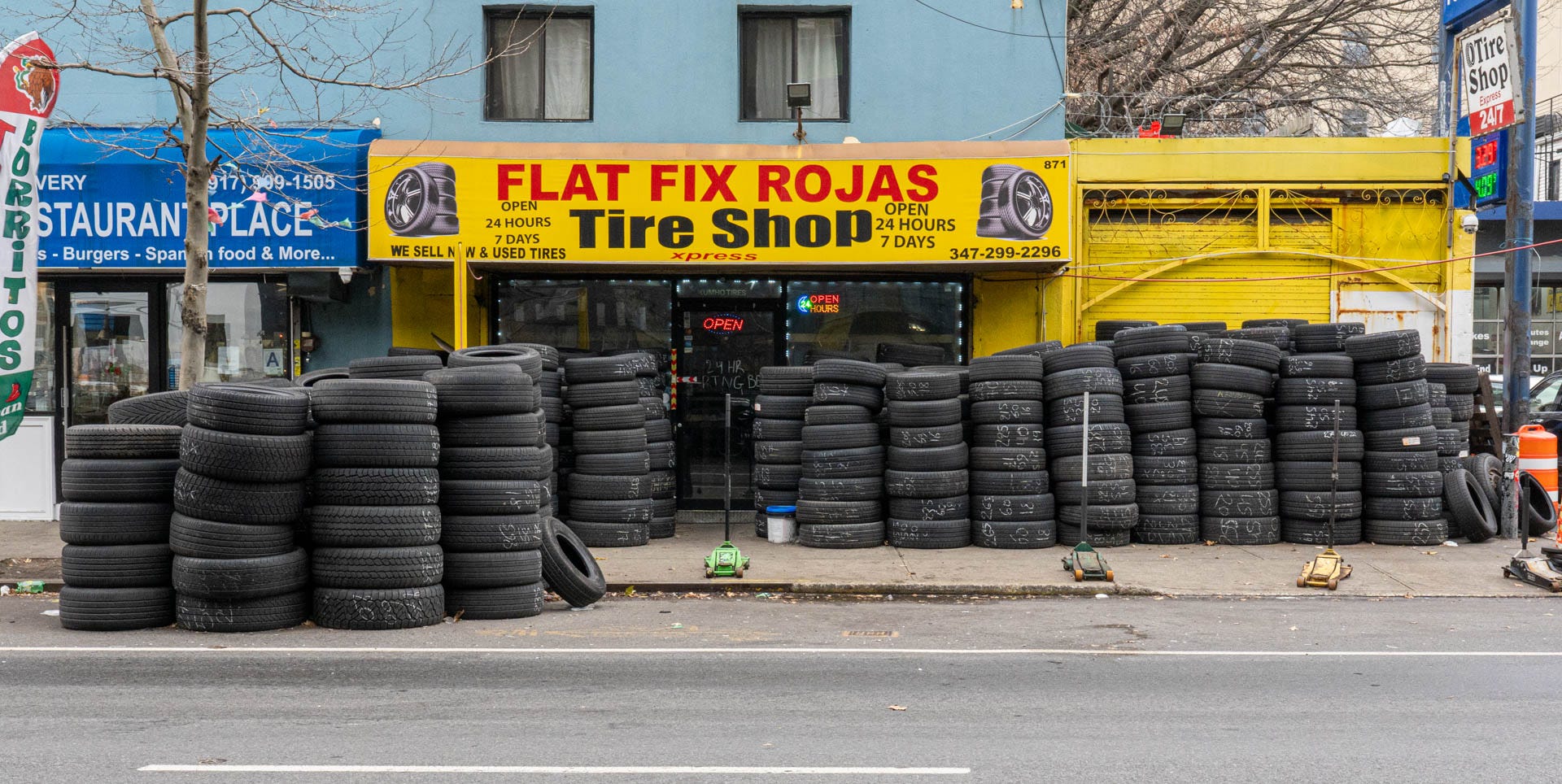
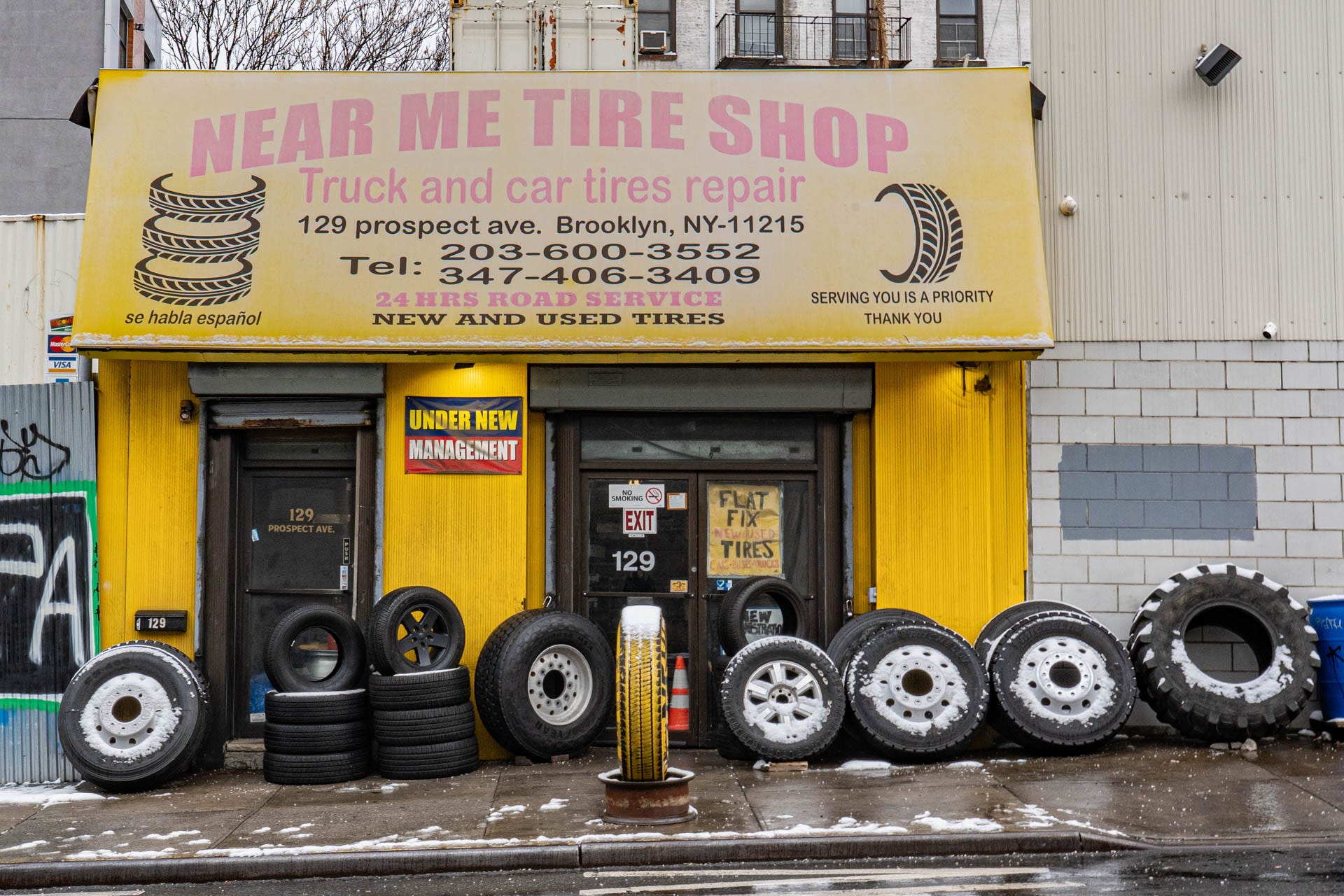
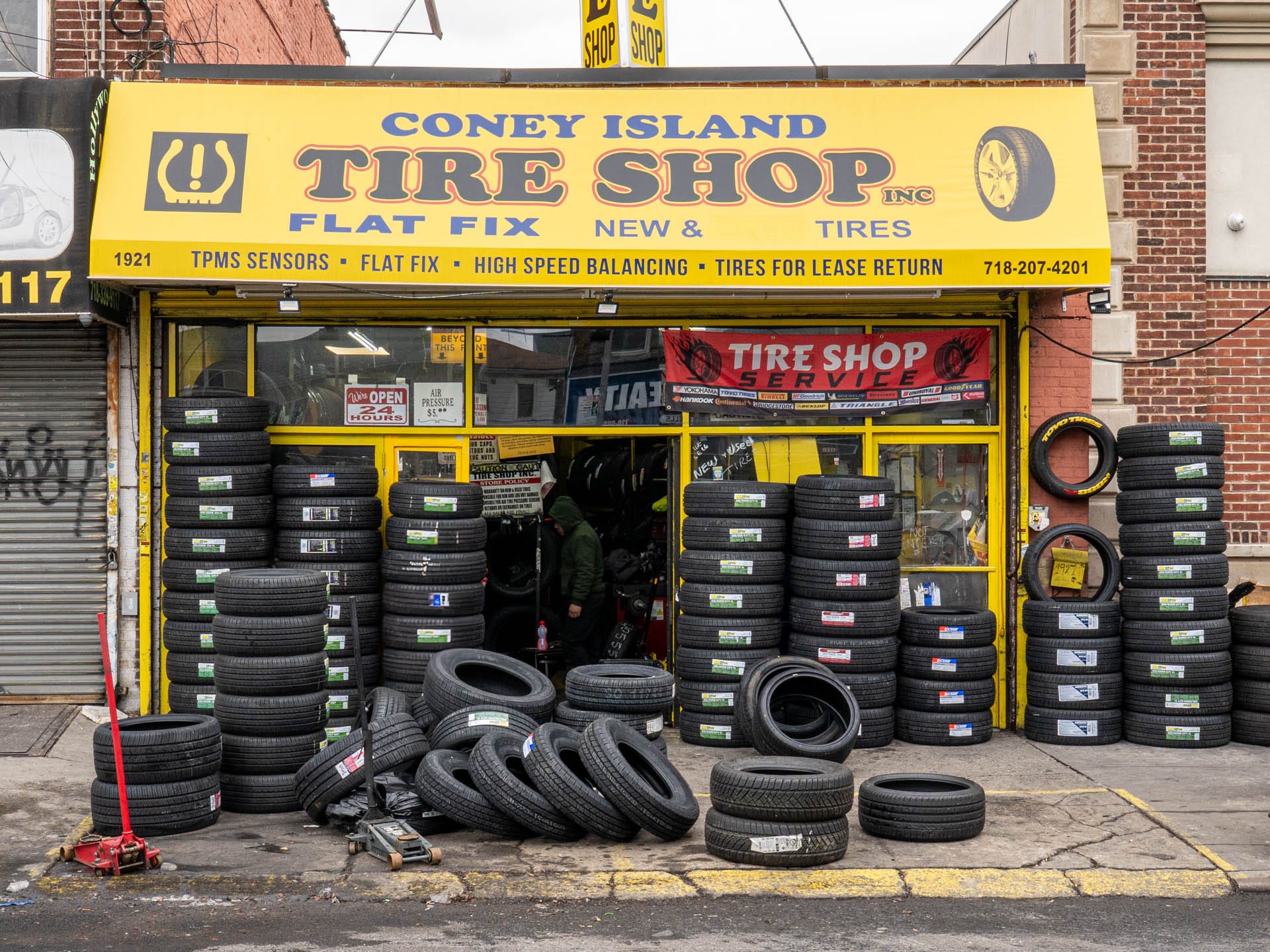
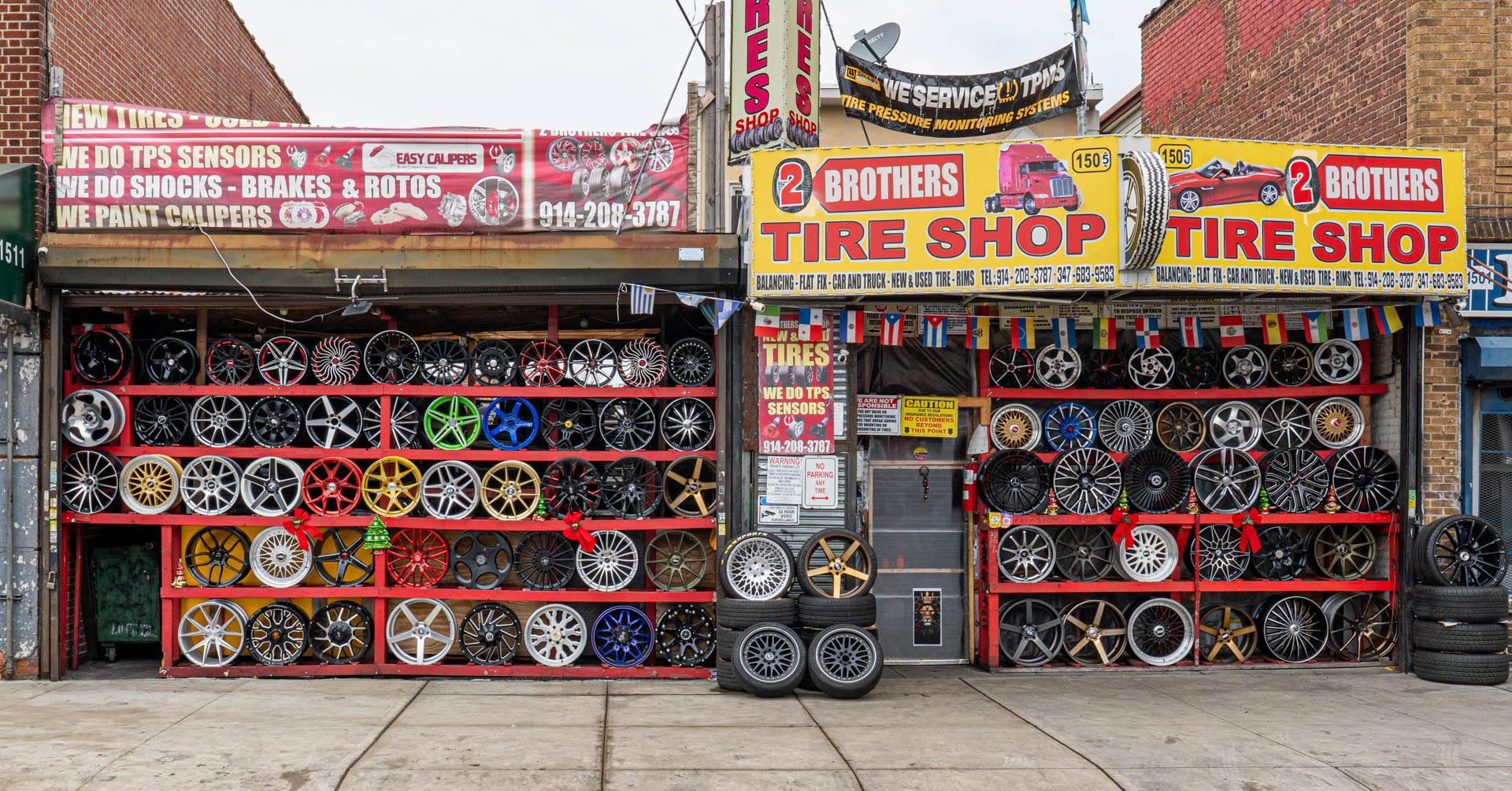
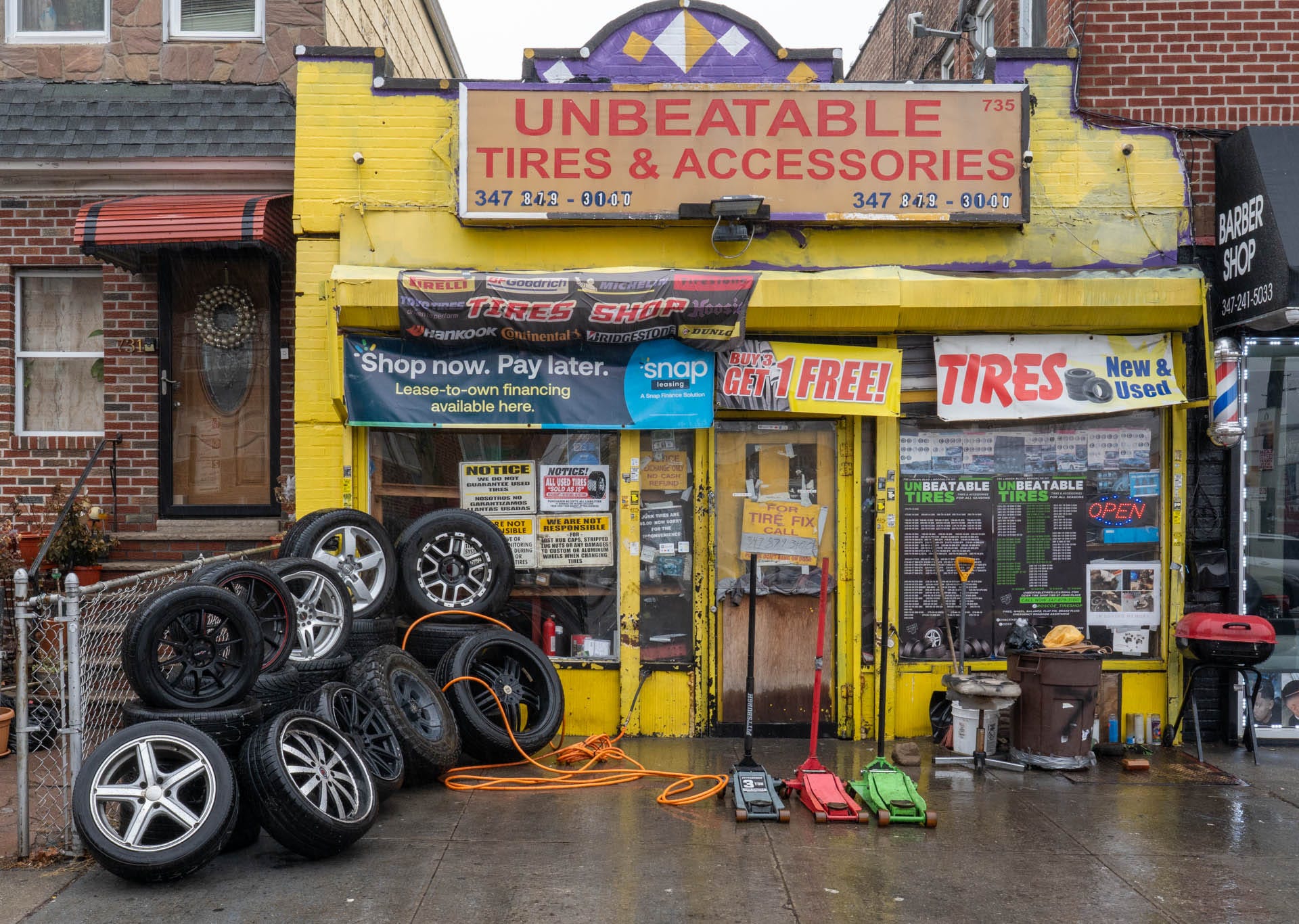
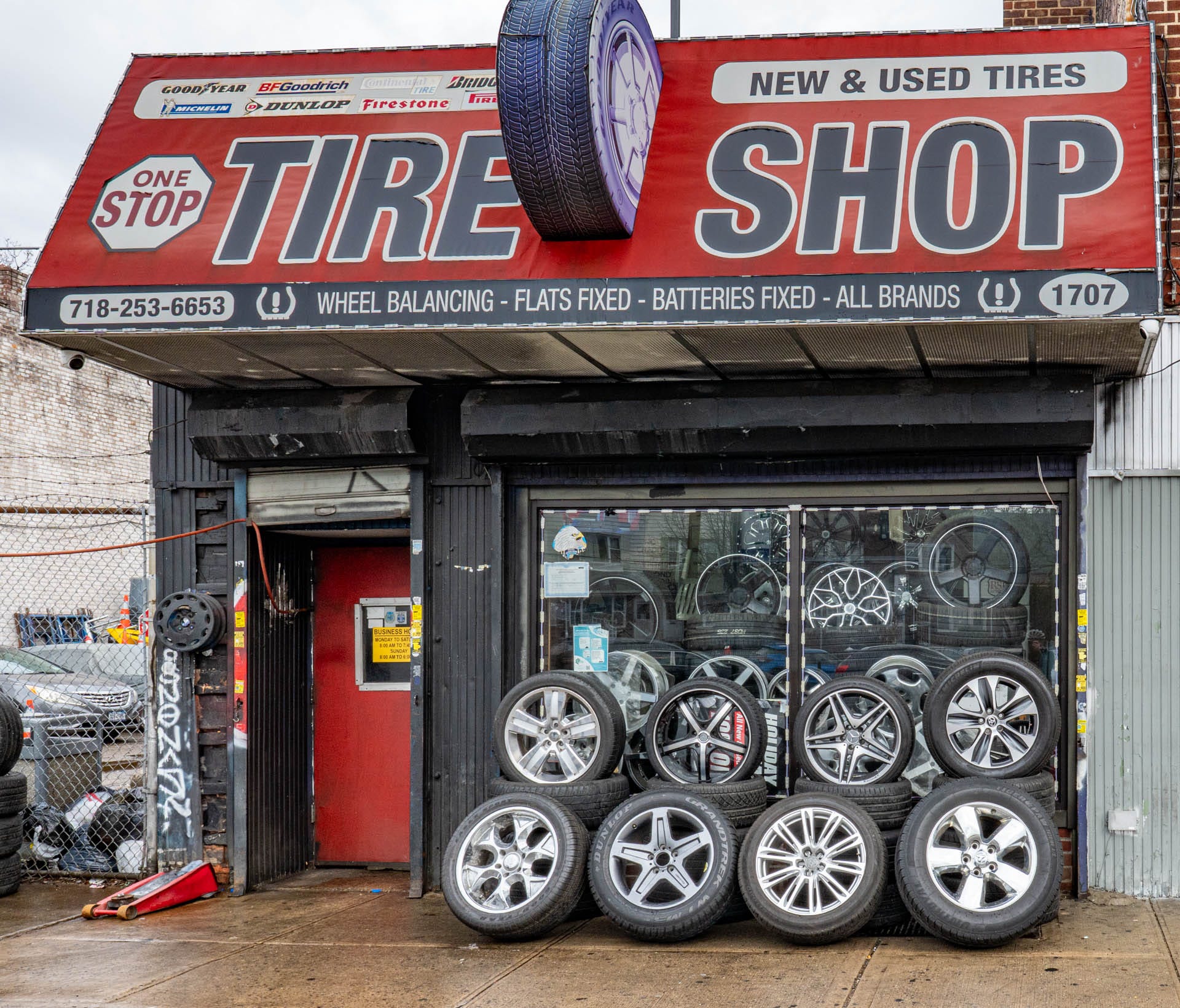

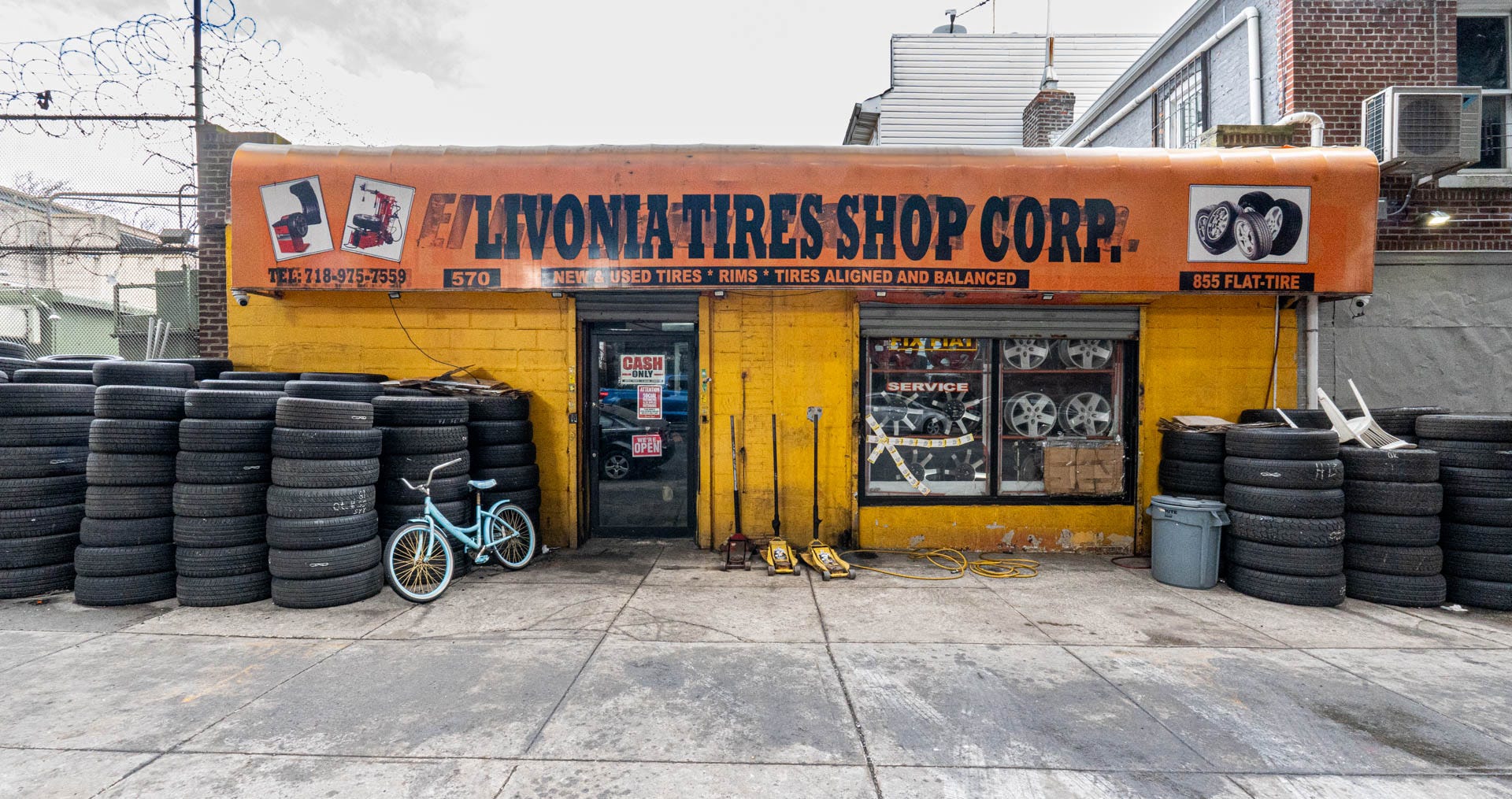
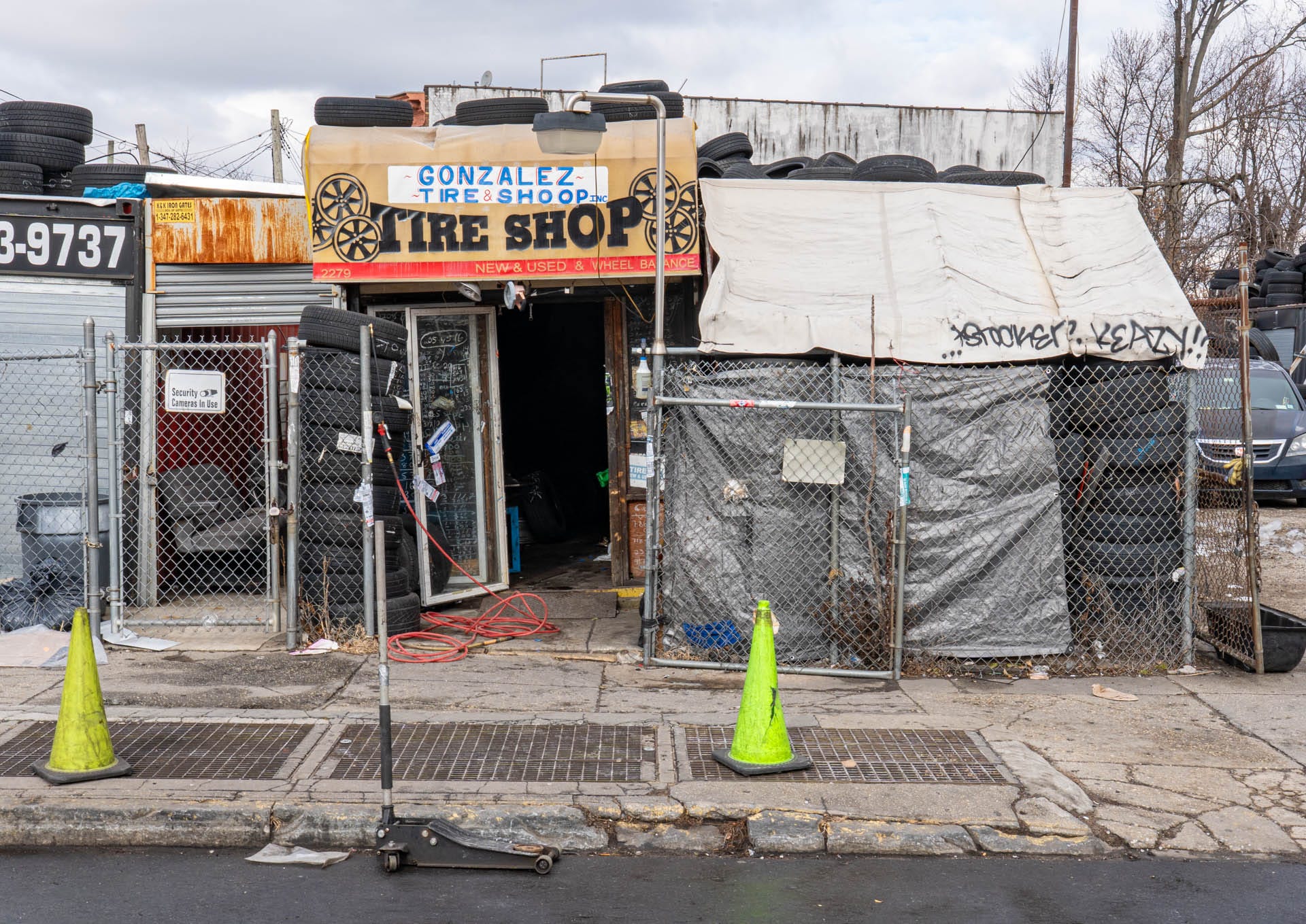
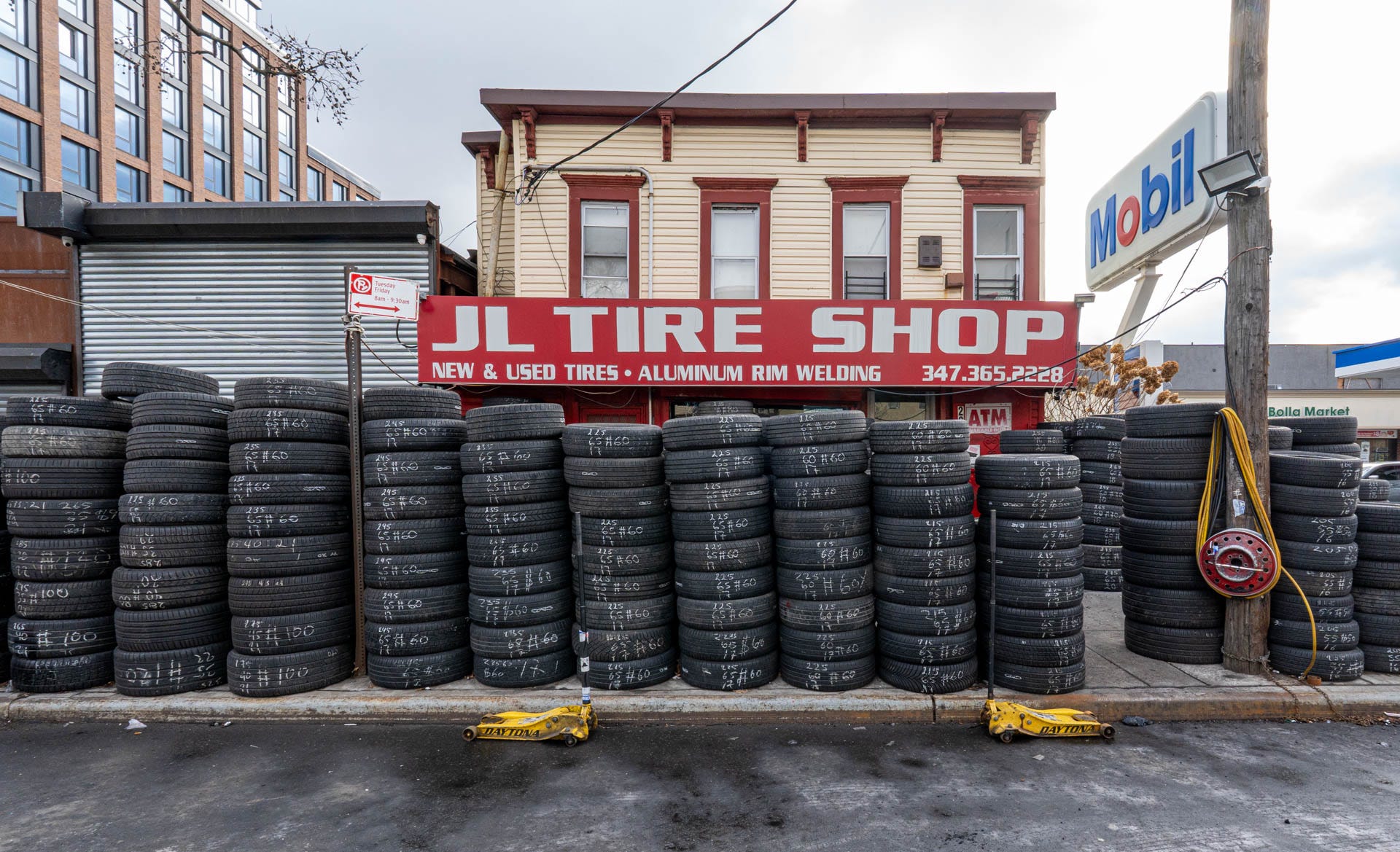
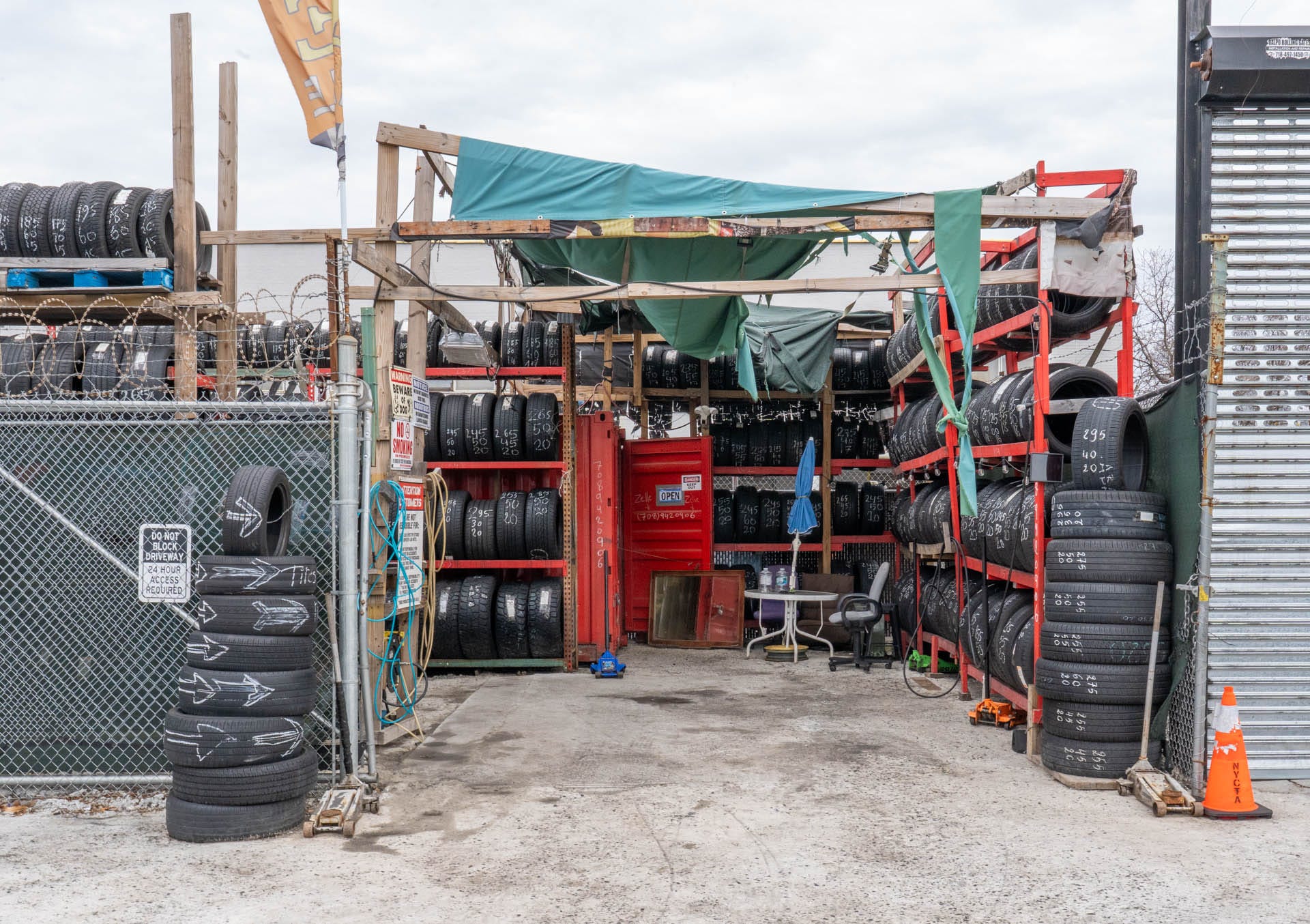

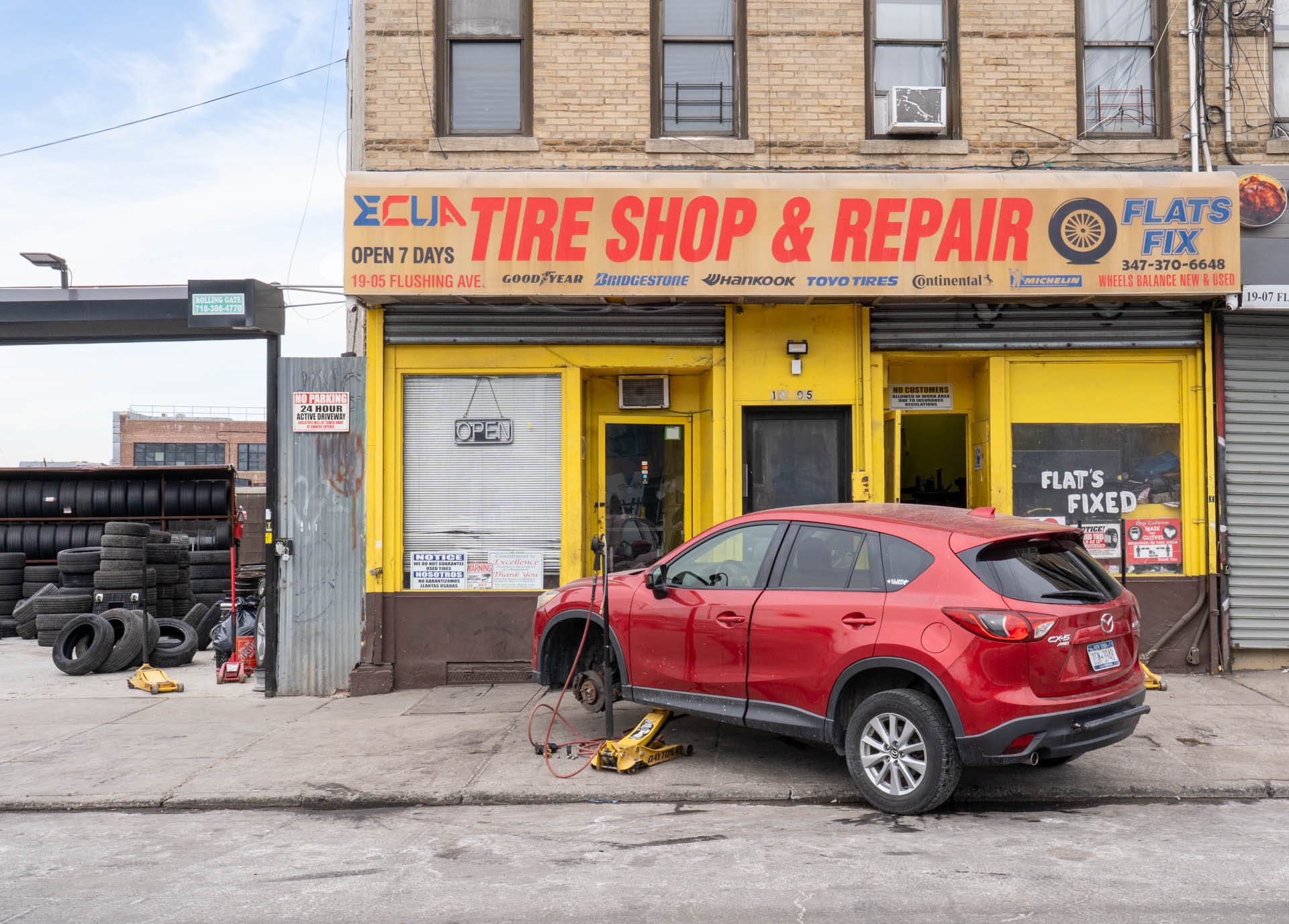
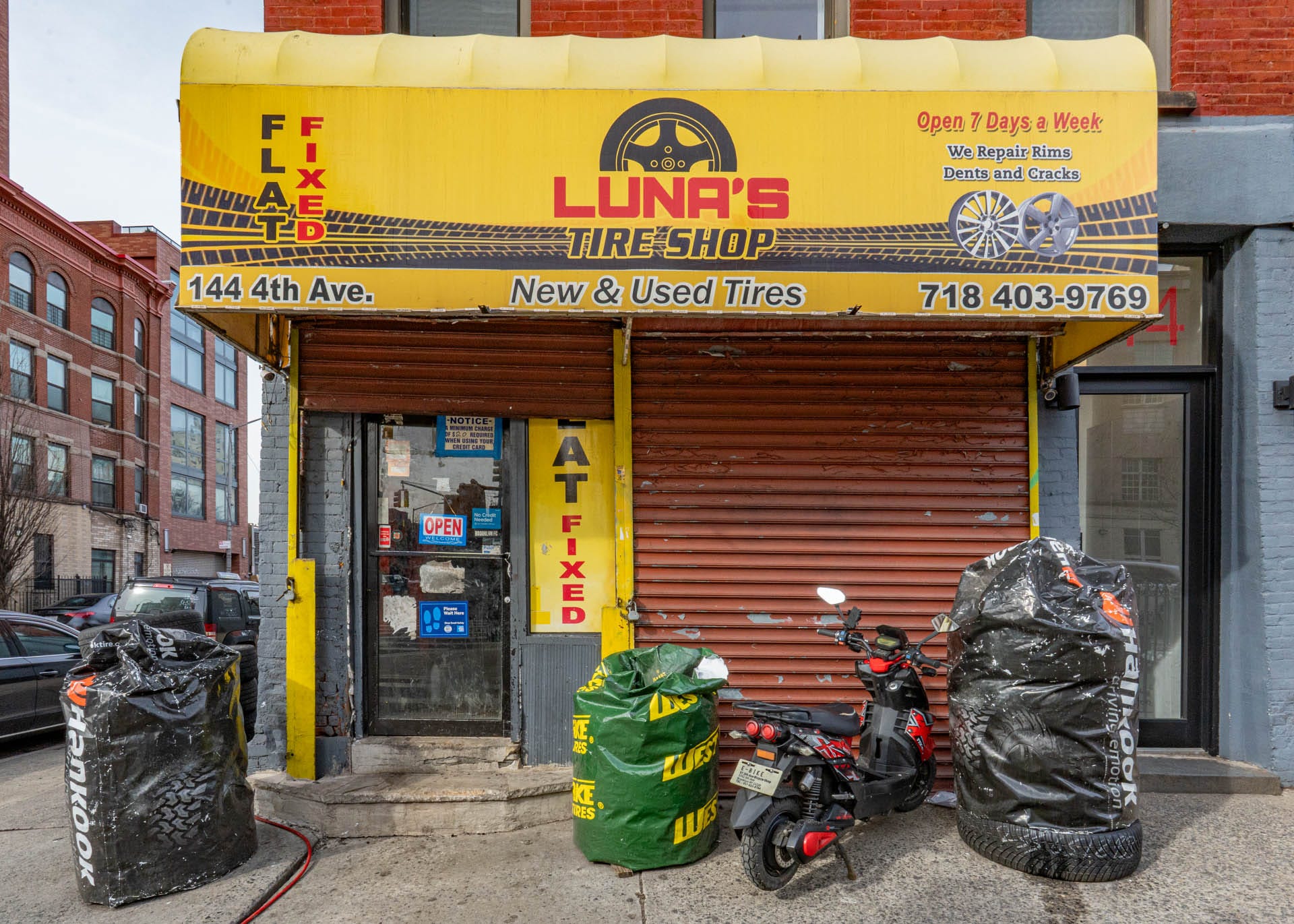
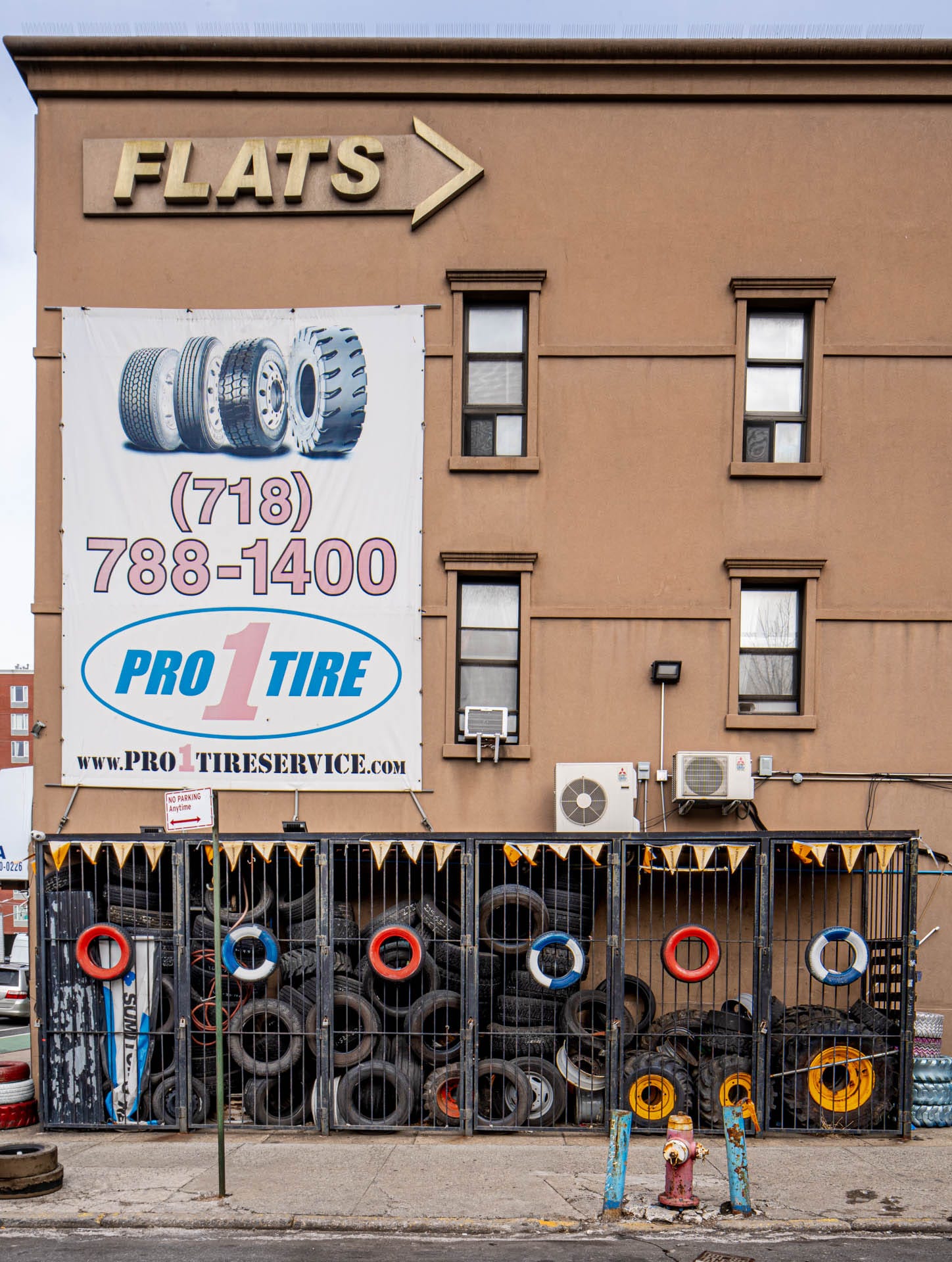



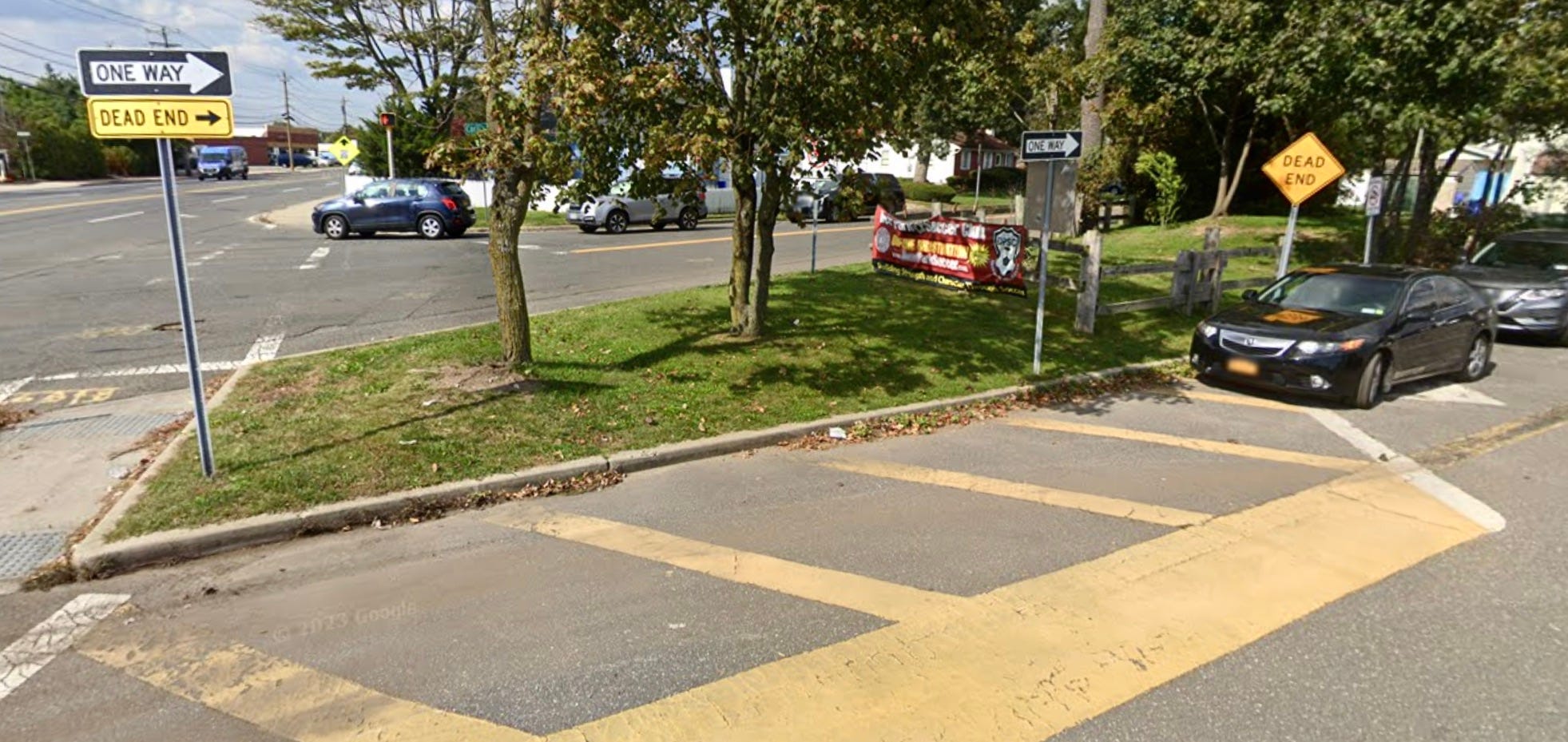
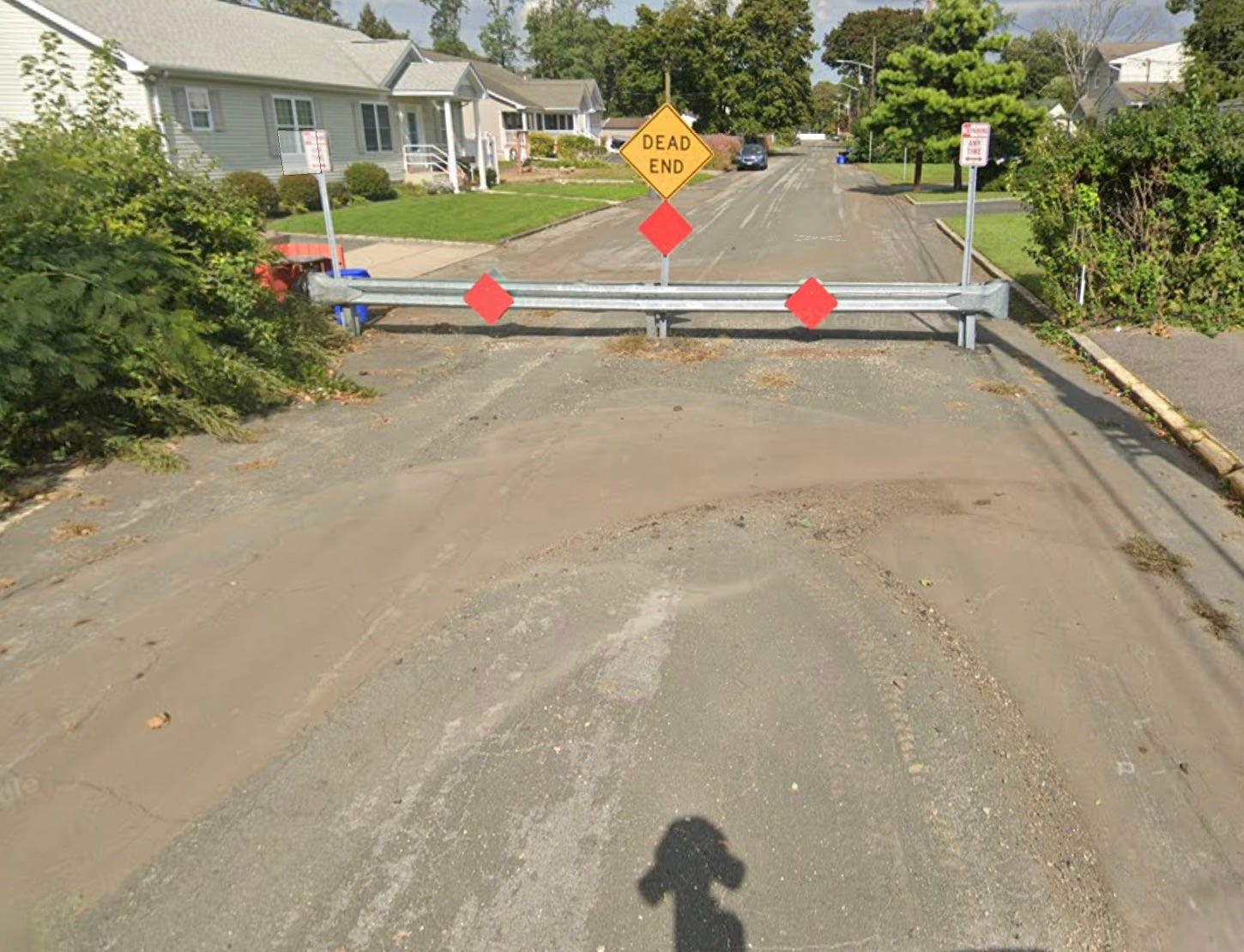
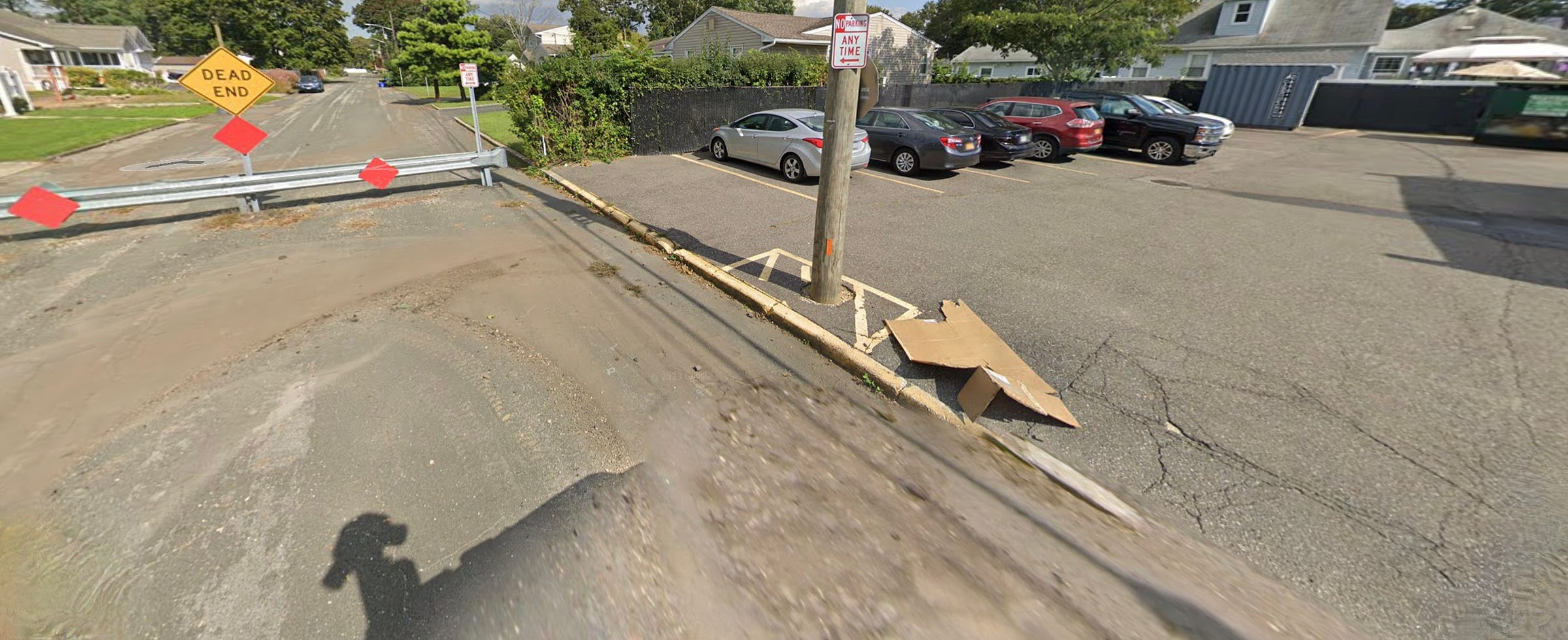
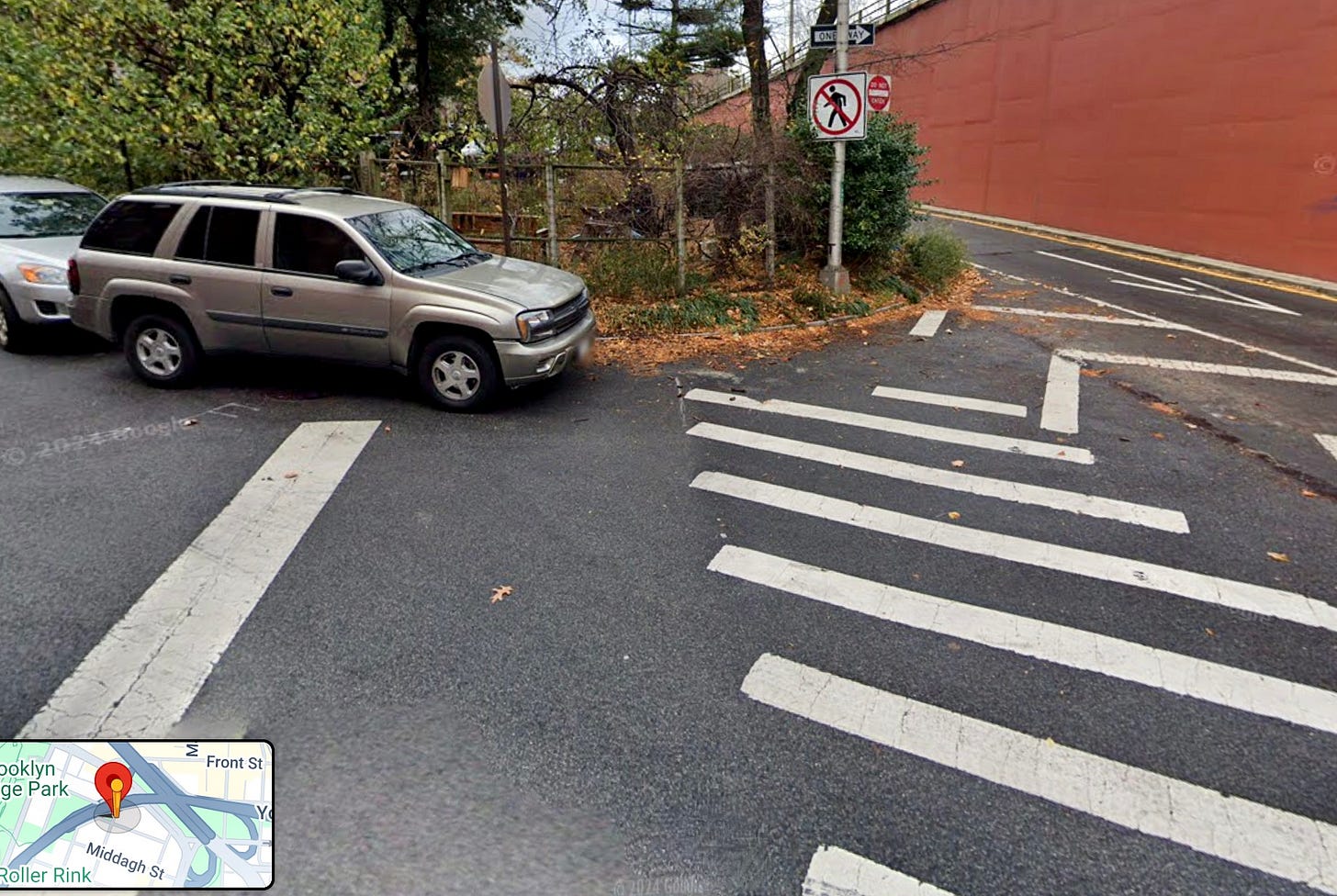


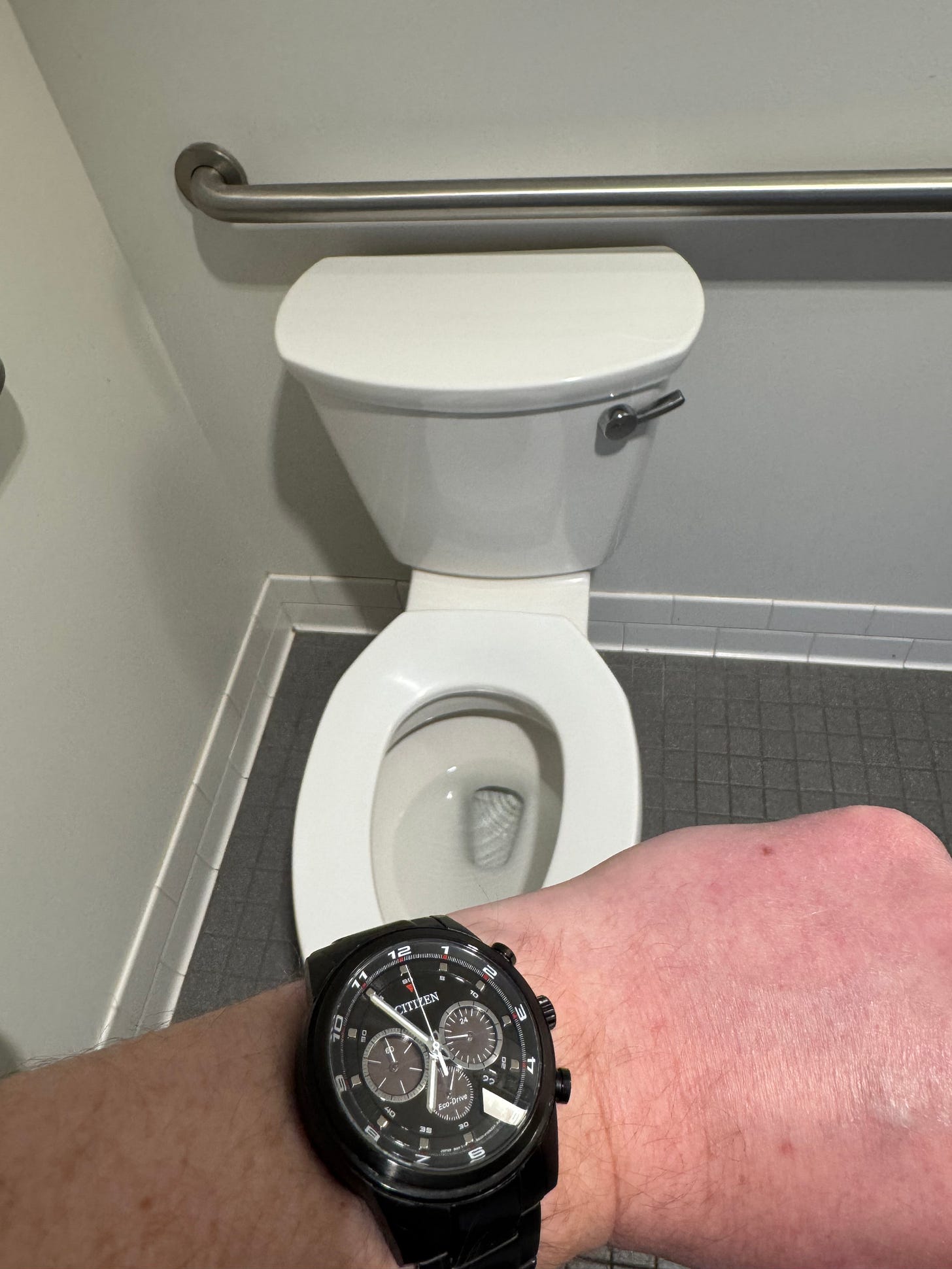


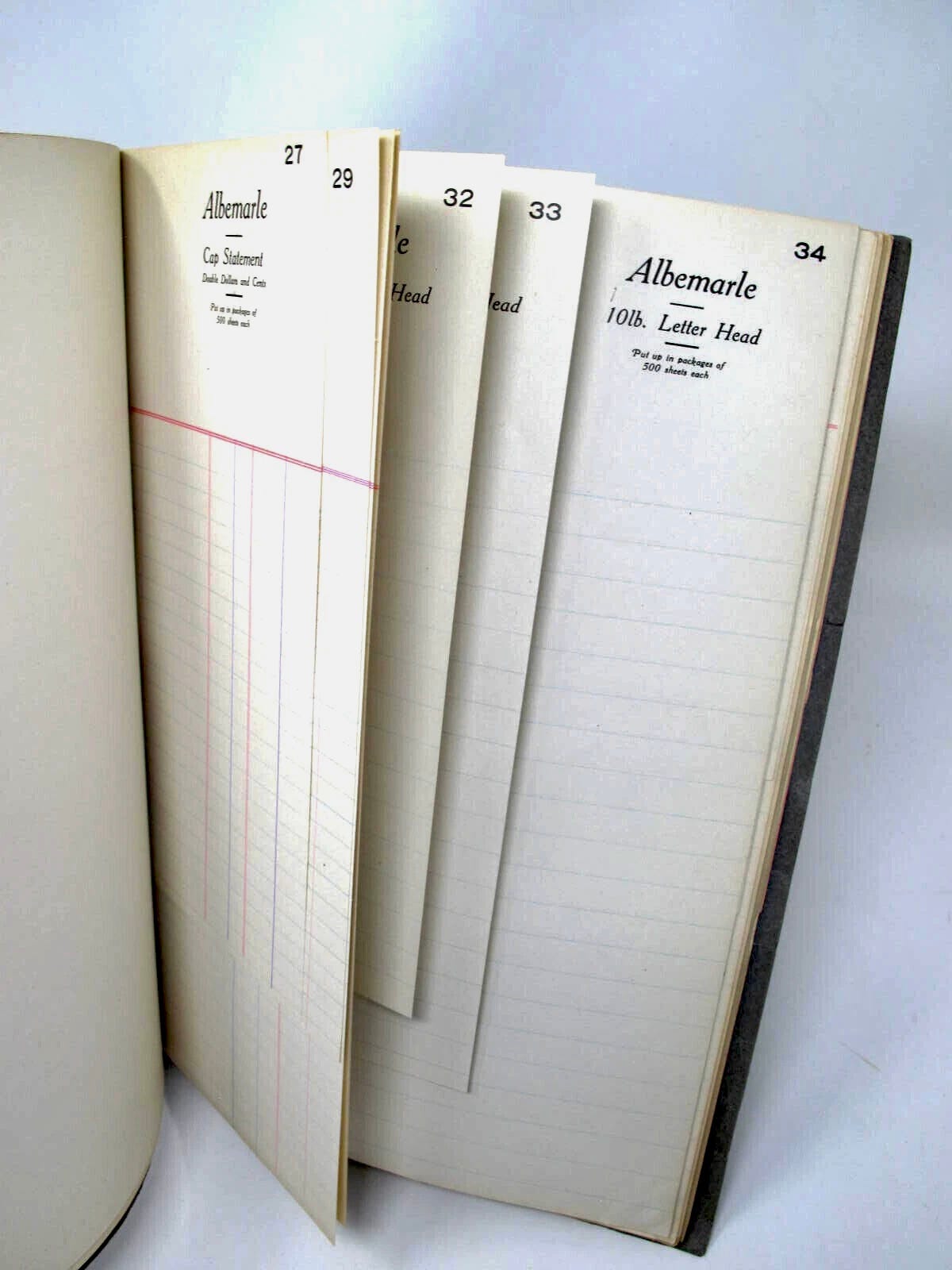

Surely there's a story about many of the tire shops/awnings being yellow.
I live near a cemetery that is abutted by a street with no outlet. I still lament not getting a picture when the posted street sign read DEAD END.
Nothing better than starting my day with unexpected photos of tire shops. Great post, Paul.